
Hydrangeas: how to choose them?
depending on your situation and desires
Contents
Hydrangeas are bushes that offer a generous flowering in summer, often pink, mauve, blue, or white. They originate from East Asia and North America. They thrive in partial shade, in neutral or slightly acidic, cool, and well-drained soil. Some compact varieties can easily be grown in pots. The most classic hydrangea is Hydrangea macrophylla, but there are many other species and varieties that offer different flowerings and can adapt to more specific growing conditions. There are even climbing hydrangeas! Discover our tips for choosing the right variety, based on your situation and desires!
For what situation?
- In the Sun
Hydrangea paniculata enjoys sunny exposures. It will delight you with its generous inflorescences in the shape of panicles. Discover the variety ‘Vanille Fraise’, which has a very soft flowering, initially white and then turning pink. Easy to grow and low maintenance, the Hydrangea arborescens tolerates sun and drought. It produces white or pink flowers in summer. Native to North America, the Hydrangea quercifolia, the oak-leaved hydrangea, bears beautiful inflorescences, often white. It is also appreciated for its foliage, which takes on stunning hues in autumn. It can tolerate temporary drought and withstands sunny exposures, except for the variety ‘Little Honey’, with its light foliage, which needs to be protected from direct sunlight.
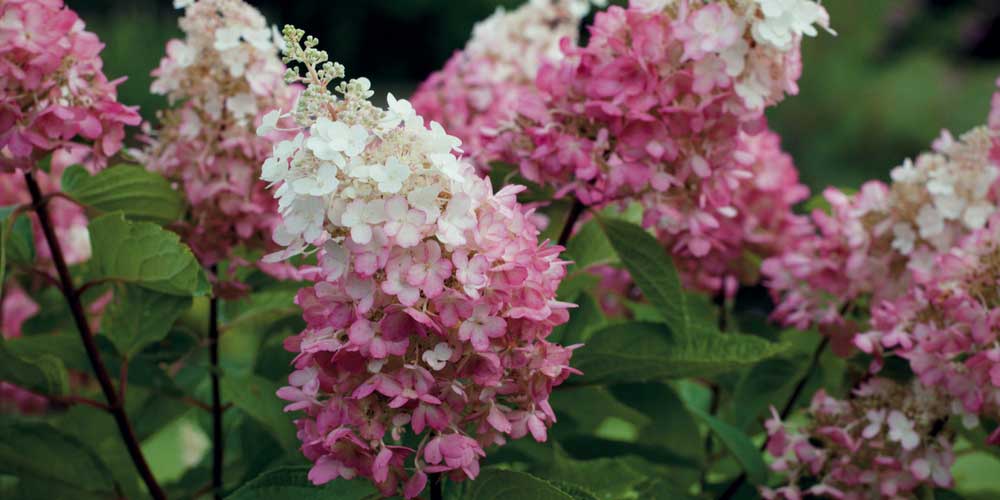
The Hydrangea paniculata ‘Pinky Winky’ enjoys sunny situations! (photo credit GAP)
- In the Shade
Make the most of hydrangeas to create a woodland garden. Plant them with ferns, rodgersias, and wood anemones. Prefer the Hydrangea macrophylla and serrata. The former offers impressive inflorescences, in the form of dense blue or pink balls, while the latter, the Hydrangea serrata, has a more delicate flowering, in flat umbels. As you will have understood, in shaded situations, it is best to avoid Hydrangea quercifolia and arborescens, lest you not see them flower! The climbing hydrangeas also tolerate shade well. They will even flower if planted against a north-facing wall! Choose the stunning Hydrangea petiolaris, which has very delicate white flowers, or enjoy the evergreen foliage of Hydrangea seemanii.
→ Find a selection of hydrangeas for shade in our advice sheet.
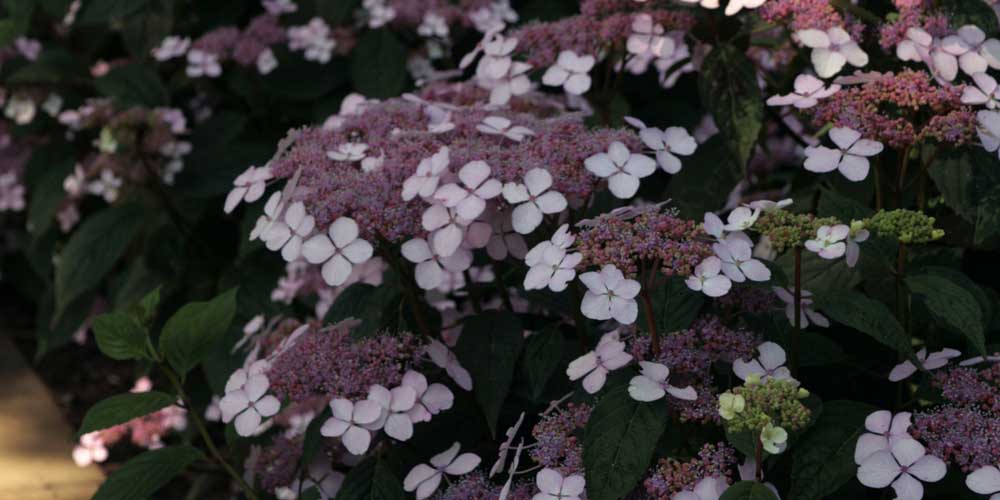
The Hydrangea serrata ‘Tiara’ is suited to shaded situations
- In Calcareous Soil
Yes, some hydrangeas can grow in calcareous soil! These are the same three hydrangeas that tolerate sun: Hydrangea paniculata, arborescens, and quercifolia. Thus, you can choose the Hydrangea paniculata for its generous conical inflorescences, often white or pink. Also discover Hydrangea arborescens, whose remarkable variety ‘Annabelle’ has white, spherical inflorescences. For particularly decorative foliage, choose the oak-leaved hydrangea, Hydrangea quercifolia. Its leaves take on splendid hues in autumn!
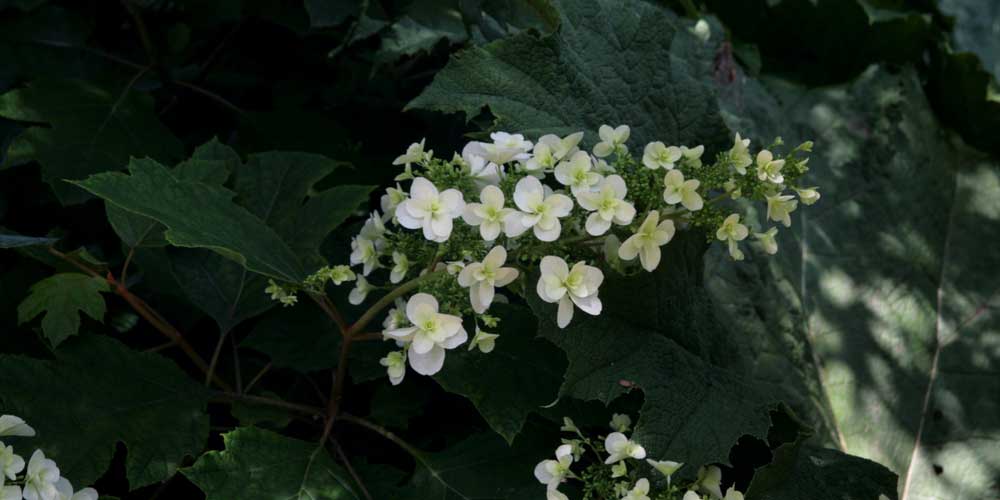
The flowering of the Hydrangea quercifolia ‘Snowflake’
- The Hardiest
If you live in the mountains or in a region with particularly harsh climate, choose the hardiest species. Prefer the Hydrangea arborescens, serrata, or paniculata, rather than the more cold-sensitive macrophylla hydrangeas. Also avoid planting them in waterlogged soil, which would make them more susceptible to frost.
Read also
Planting hydrangeasFor what purpose?
- A climbing hydrangea
Take advantage of hydrangeas to green up a north-facing facade! They climb easily thanks to their climbing roots that allow them to cling directly to walls. The most common and easiest to cultivate is Hydrangea petiolaris, an Asian hydrangea that offers a lovely white, light and airy flowering. Its deciduous leaves turn yellow in autumn. The falling leaves then reveal a superb bark that peels, making it decorative even in winter. You can also let it crawl and cover the ground. There are even varieties with variegated leaves, such as Hydrangea petiolaris ‘Silver Lining’. For evergreen foliage, choose instead Hydrangea seemanii, a Mexican hydrangea with white flowers. Also discover Schizophragma hydrangeoides, a climbing bush very close to hydrangeas that has an original flowering, composed of large, elongated white sepals. Its deciduous foliage takes on beautiful yellow or orange hues in autumn before disappearing.
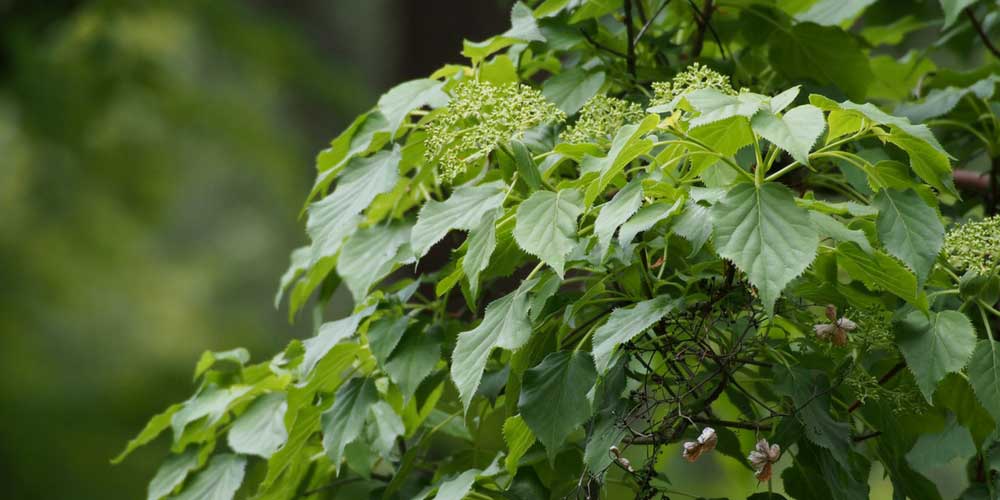
Hydrangea petiolaris is a superb climbing hydrangea that grows in shade and clings to tree trunks by itself! (photo Harum kok)
→Also read: Persistent and semi-persistent hydrangeas.
- For small spaces: compact hydrangeas
If you are short on space, or want a compact hydrangea, opt for Hydrangea serrata. These are beautiful bushes native to Japan with a fairly compact habit. We recommend the variety ‘Blue Bird’, with blue and white inflorescences that can turn pink in alkaline soil. Its leaves take on beautiful red hues in autumn. Even more compact, the panicle hydrangea ‘Bobo’ reaches between 70 and 80 cm in height. It offers a generous white flowering in panicles, and its deciduous foliage turns red in autumn. Plant it in full sun or partial shade! As for the ‘Wedding Gown’ hydrangea, it measures about one metre in height and has an elegant white flowering, then pink or red, very romantic.
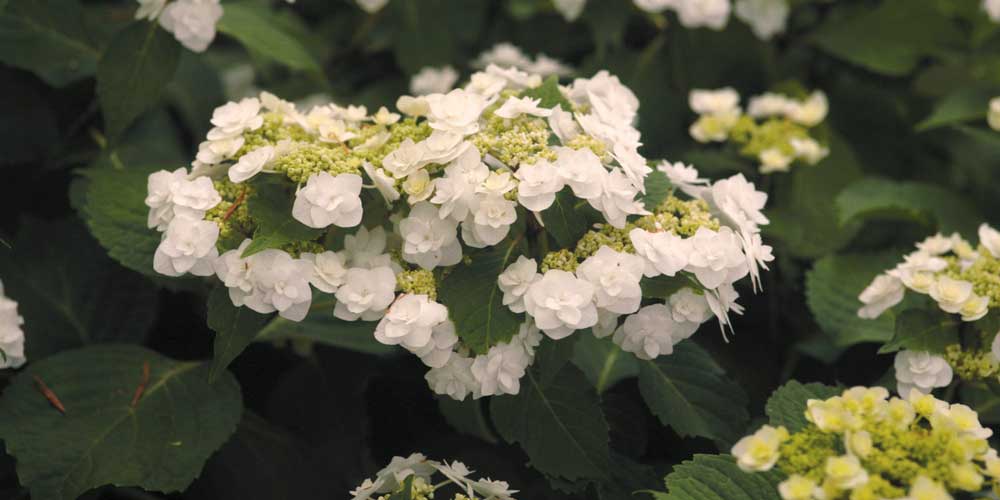 The Hydrangea macrophylla ‘Wedding Gown’ is a compact hydrangea
The Hydrangea macrophylla ‘Wedding Gown’ is a compact hydrangea
Discover other Hydrangeas
View all →Available in 1 sizes
Available in 1 sizes
Available in 1 sizes
Available in 1 sizes
Available in 1 sizes
Available in 2 sizes
Available in 2 sizes
Available in 2 sizes
Available in 1 sizes
Available in 2 sizes
For the foliage
- For beautiful autumn colours
The Hydrangea quercifolia offers a stunning display in autumn! Its leaves turn bronze or purple. The variety ‘Little Honey’ is remarkable for its foliage with changing hues: first yellow, it then becomes green, before turning red in autumn! Also discover the variety ‘Snow Queen’, which bears large white inflorescences and leaves that turn brown-red in autumn. For a colourful flowering, opt for Hydrangea serrata ‘BlueBird’, with blue inflorescences that can be pink depending on the nature of the soil. It also has red foliage in autumn!
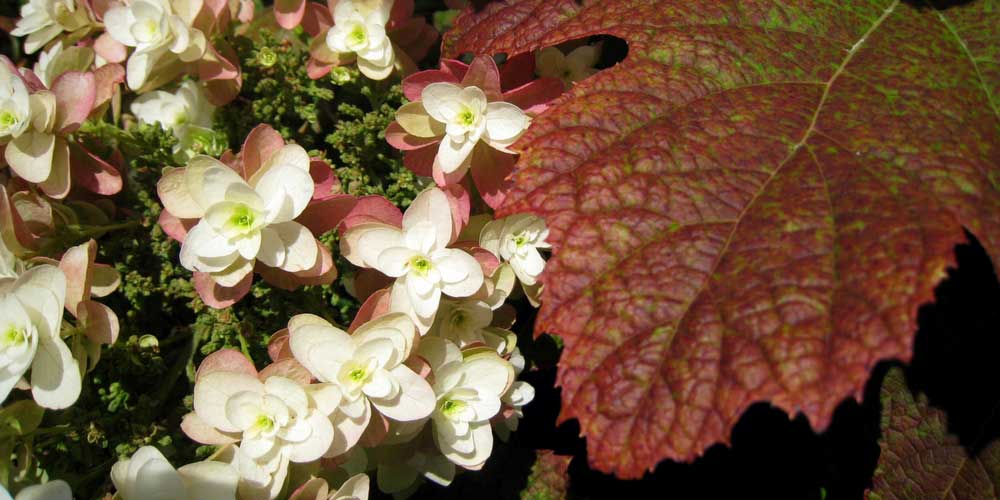
The leaves of the oak-leaved hydrangea, Hydrangea quercifolia, take on beautiful colours in autumn! (photo Wendy Cutler)
In accordance with the flowering
- A flowering that changes colour throughout the seasons!
The flowers of certain varieties of hydrangeas have the unique ability to change hues as the seasons progress, leaving no room for monotony! This is the case with the paniculata hydrangea ‘Vanille Fraise’, whose generous flowering in white and pink panicles later turns red during the summer. Also discover the hydrangeas from the ‘Magical’ series: they are remarkable for their colours that evolve regularly over time. Thus, the flowers of the variety ‘Magical Summer Green’ change from white to red, then to green. As for ‘Magical Amethyst’, the flowers oscillate between pink, mauve, and green. You can also choose ‘Magical Ruby Tuesday’, a remarkable variety for its bright red flowers, which can take on shades of dark grey or pink, then green. More understated, ‘Magical Noblesse’ evolves from white to green.
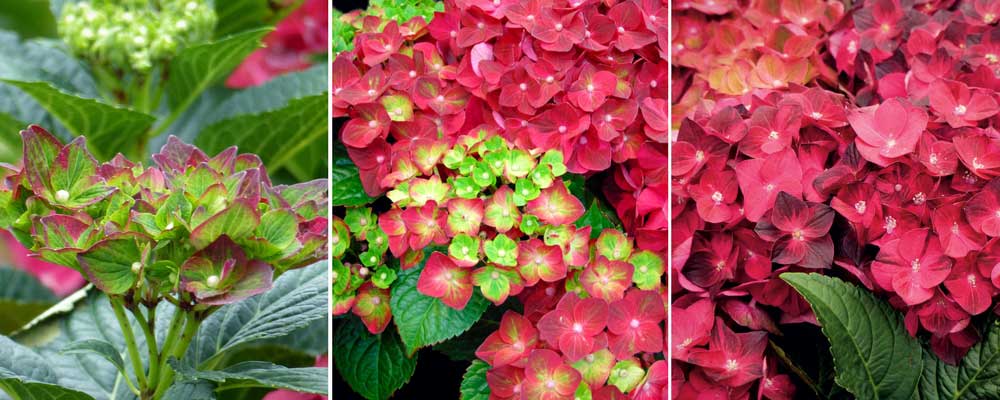 Hydrangea ‘Magical Ruby Tuesday’ is a hydrangea that changes colour over time!
Hydrangea ‘Magical Ruby Tuesday’ is a hydrangea that changes colour over time!
- For a long flowering period
The hydrangeas from the ‘Endless Summer’ series offer a long flowering period that lasts all summer! For example, choose the Hydrangea macrophylla ‘Endless Summer Bloomstar’, for a flowering of bright pink (or blue in acidic soil), from June until October. As for the variety ‘Twist and Shout’, it offers a long flowering in pink or blue. Additionally, the foliage of these varieties takes on red hues in autumn!
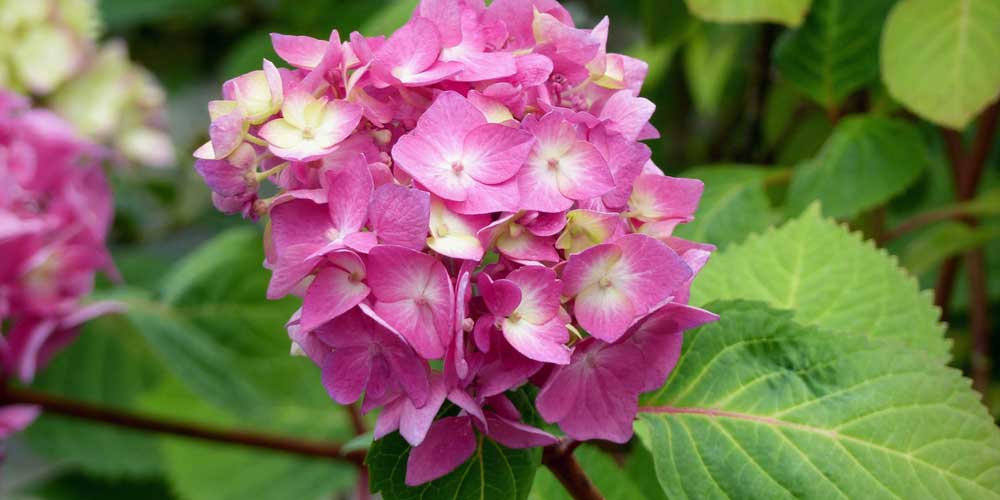 The Hydrangea ‘Endless Summer Bloomstar’ is in bloom from June until October!
The Hydrangea ‘Endless Summer Bloomstar’ is in bloom from June until October!
- A delicate flowering for a romantic garden
With their generous flowering, hydrangeas help create a very romantic atmosphere alongside other plants with soft blooms. Prefer varieties with pink or white hues. Enjoy the impressive tender pink flowering of the macrophylla hydrangea ‘You and Me Romance’, which can also be pale blue in more acidic soil. These are star-shaped flowers, both very fine and spectacular thanks to two or three rows of overlapping petals. Also discover the original flowering of the variety ‘Camino’. The flowers located on the outside of the inflorescence are rounded, while those in the centre give a lace-like appearance… A flowering that is all about softness! Fall for the lovely star-shaped flowers of the Hydrangea ‘Stargazer’, tender pink edged in white. As for the Hydrangea macrophylla ‘Koria’, it bears pure white flowers, delicately dentate, shaded by a pale blue hue in the centre.
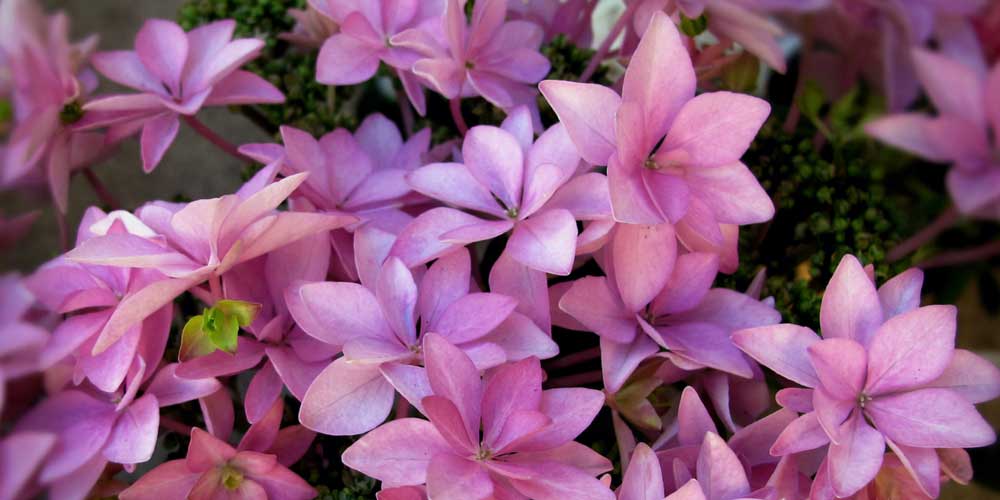 The Hydrangea ‘You and Me Romance’ offers a particularly delicate flowering! (photo Jacinta lluch valero)
The Hydrangea ‘You and Me Romance’ offers a particularly delicate flowering! (photo Jacinta lluch valero)
- An original flowering!
The most surprising hydrangea is undoubtedly the Hydrangea ‘Schloss Wackerbarth’! Its flowers combine up to three or four very bright shades: red, blue, green, and even yellow. A colour combination that one would never have dared to imagine! The result is a patchwork of sparkling colours that catch the eye and fascinate. The ‘Lady Nobuko’ hydrangea offers a very contrasting, bicoloured flowering, white and pink. As for the variety ‘Shooting Star’, it is remarkable for its double star-shaped flowers, borne on long pedicels, giving them a trailing habit. Discover also the Hydrangea ‘Hovaria Hopcorn’, which has blue flowering with rounded and “incurved” petals. For a change, you can also choose Schizophragma hydrangeoides, a plant very close to climbing hydrangeas. It offers in summer umbel-like inflorescences, bearing large white, triangular sepals on the outside, pointed at the tip.
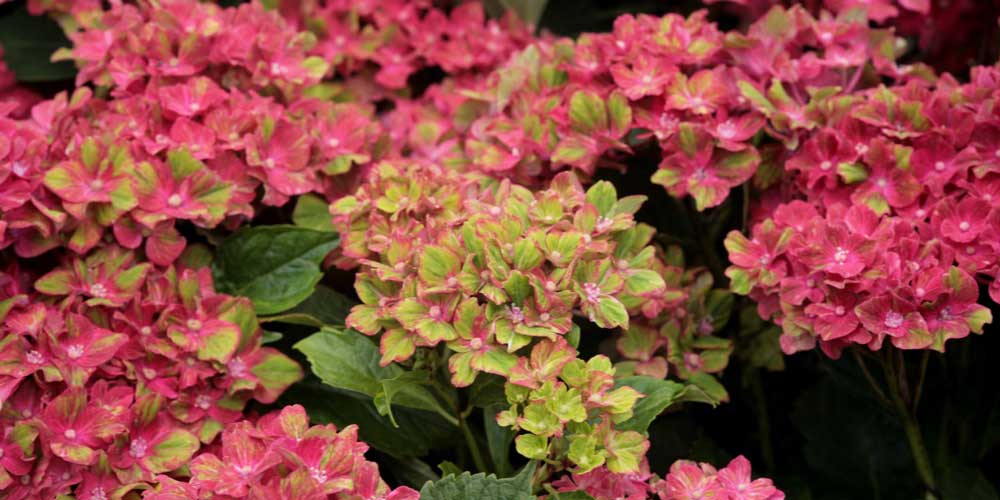 The surprising flowering of the Hydrangea ‘Schloss Wackerbarth’
The surprising flowering of the Hydrangea ‘Schloss Wackerbarth’
- Subscribe!
- Contents
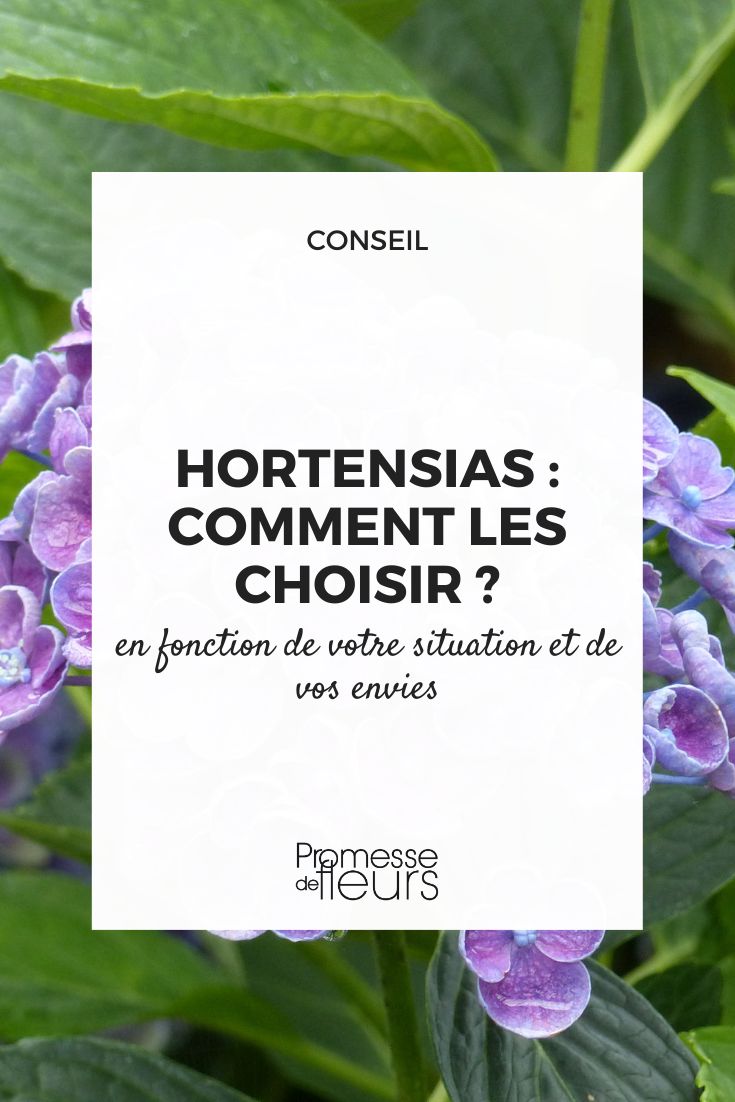































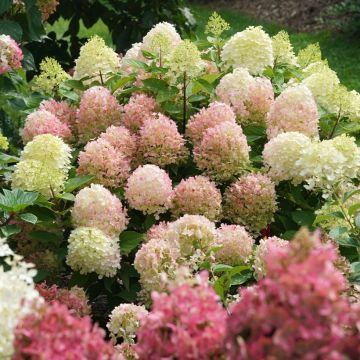
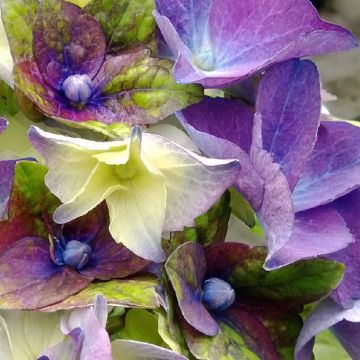
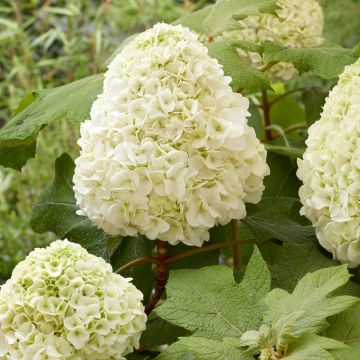
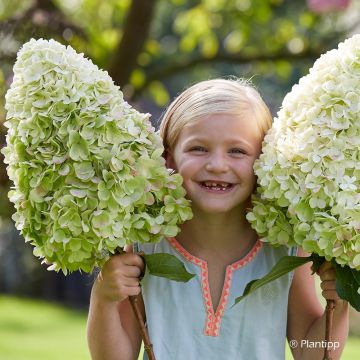
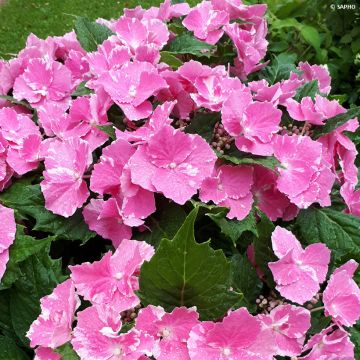
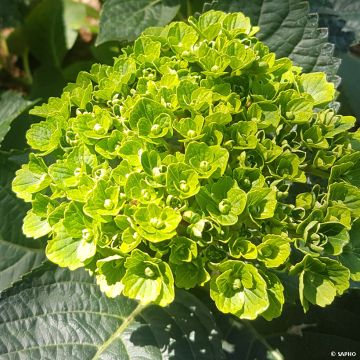
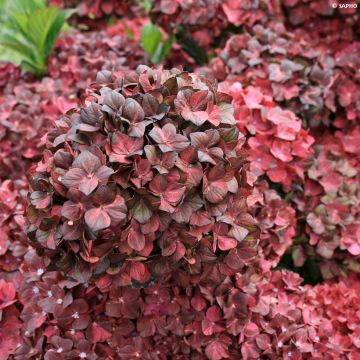
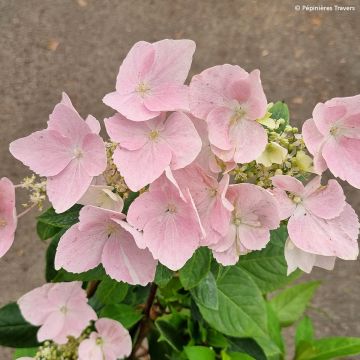

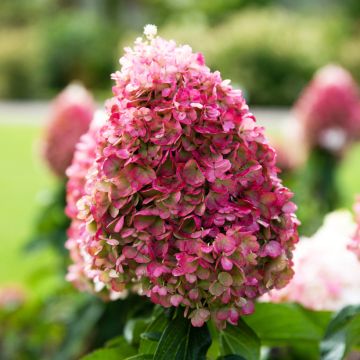
Comments